About

University Type
Private

New York,
United States

Year Established:
1887
Pratt Institute is a private university with its main campus in Brooklyn, New York. It has a satellite campus in Manhattan and an extension campus in Utica, New York at the Munson-Williams-Proctor Arts Institute. The school was founded in 1887 with programs primarily in engineering, architecture, and fine arts.Comprising six schools, the institute is primarily known for its programs in architecture, graphic design, interior design, and industrial design.
Pratt Institute was founded in 1887 by American industrialist Charles Pratt, who was a successful businessman and oil tycoon and was one of the wealthiest men in the history of Brooklyn. Pratt was an early pioneer of the oil industry in the United States and was the founder of Astral Oil Works based in the Greenpoint section of Brooklyn which was a leader in replacing whale oil with petroleum or natural oil. In 1867, Pratt established Charles Pratt and Company. In 1874, Pratt's companies amalgamated with John D. Rockefeller's companies and became part of the Standard Oil trust where Pratt continued his active involvement on the board and the running of it.
Pratt Institute Program Rankings
- Fine Arts - Rank #4 (US News)
Pratt Institute Highlights
FAQs
What are the most popular graduate programs offered at Pratt Institute?
Pratt Institute is renowned for its diverse range of graduate programs, with some of the most popular being Fine Arts, Industrial Design, Architecture, Digital Arts, and Interior Design. These programs are highly regarded for their innovative approach and emphasis on both practical skills and theoretical knowledge, preparing students for successful careers in creative industries.
What is the Annual Cost of attendance at Pratt Institute?
As of the latest academic year, the annual tuition fee at Pratt Institute is approximately $53,824. The cost of living, including accommodation, food, and other expenses, is roughly $18,000. The total cost of attendance is therefore about $71,824 annually. Converted to Indian Rupees at the current exchange rate (1 USD = 82 INR), this amounts to approximately ₹5,889,568.
What Financial aid and scholarship options are available at Pratt Institute?
Pratt Institute offers a range of financial aid options including scholarships, grants, and work-study programs. Students can apply for financial aid by submitting the Free Application for Federal Student Aid (FAFSA) and the CSS Profile for institutional aid. Pratt also offers merit-based scholarships, which are awarded based on artistic and academic achievement. For specific opportunities, visiting the Pratt Institute website or contacting their financial aid office is recommended.
What is the reputation and ranking of Pratt Institute?
Pratt Institute is highly esteemed, particularly in the fields of art and design. It is ranked among the top schools for art and design in the United States. Notably, its Graduate Fine Arts Program has been ranked by U.S. News & World Report as one of the top programs nationwide. Additionally, its programs in architecture and industrial design are also acclaimed, reflecting the institute's strong focus on delivering industry-relevant education.
What is the campus culture like at Pratt Institute?
The campus culture at Pratt Institute is vibrant and creative, fostering an environment where students can thrive both academically and personally. The institute hosts various cultural fests, exhibitions, and workshops throughout the year, encouraging student participation and engagement. There are numerous clubs and organizations that cater to a wide range of interests, including environmental clubs, cultural societies, and professional development groups, enhancing the holistic educational experience.
What are the housing options at Pratt Institute?
Pratt Institute offers several on-campus housing options, including traditional dormitories and apartment-style living to accommodate different student preferences. For those preferring off-campus housing, popular neighborhoods include Clinton Hill, Fort Greene, and Bedford-Stuyvesant. These areas are known for their vibrant communities and are well-connected by public transportation, making them convenient choices for students seeking a balance between campus and city life.

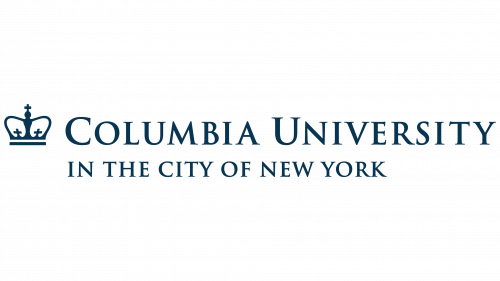
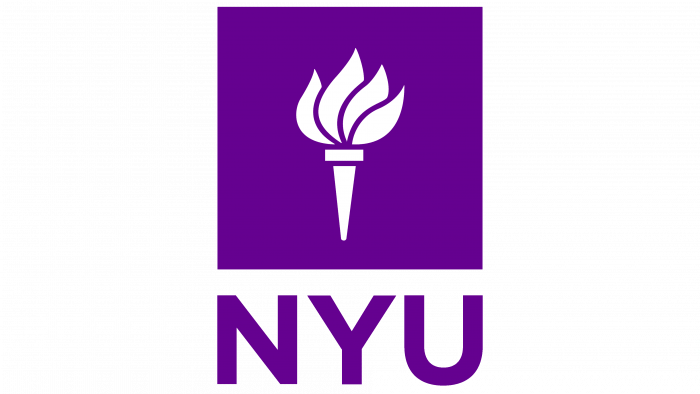
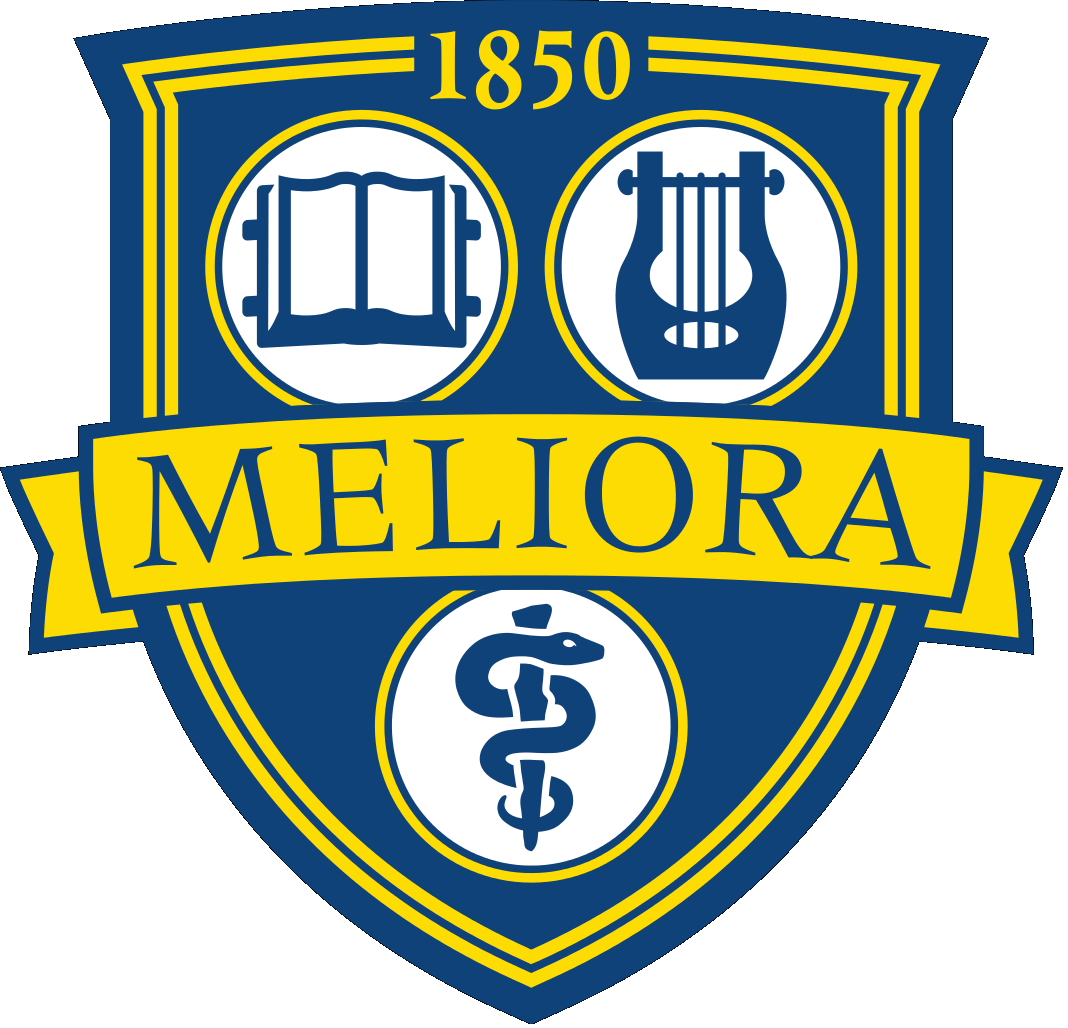
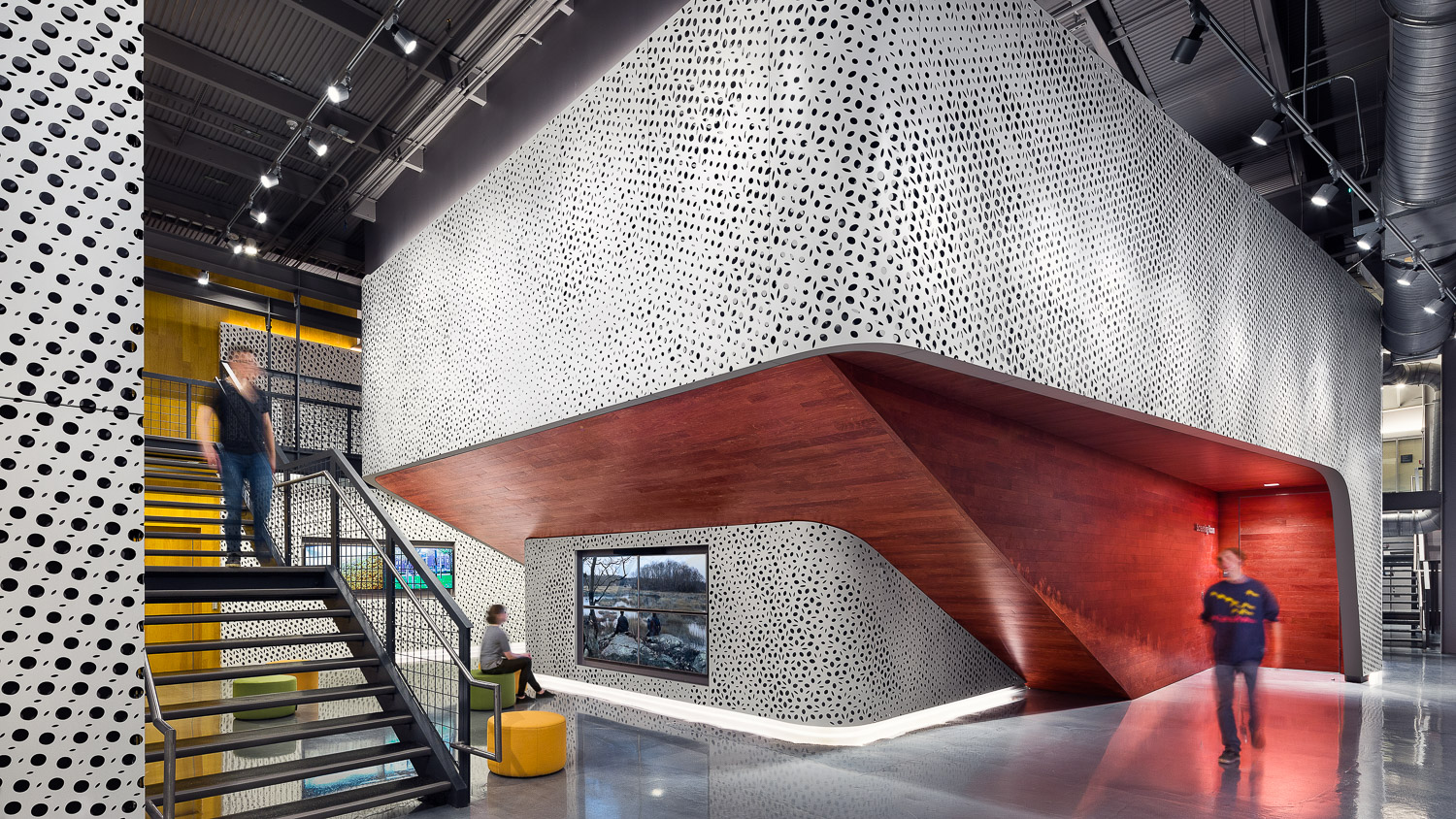
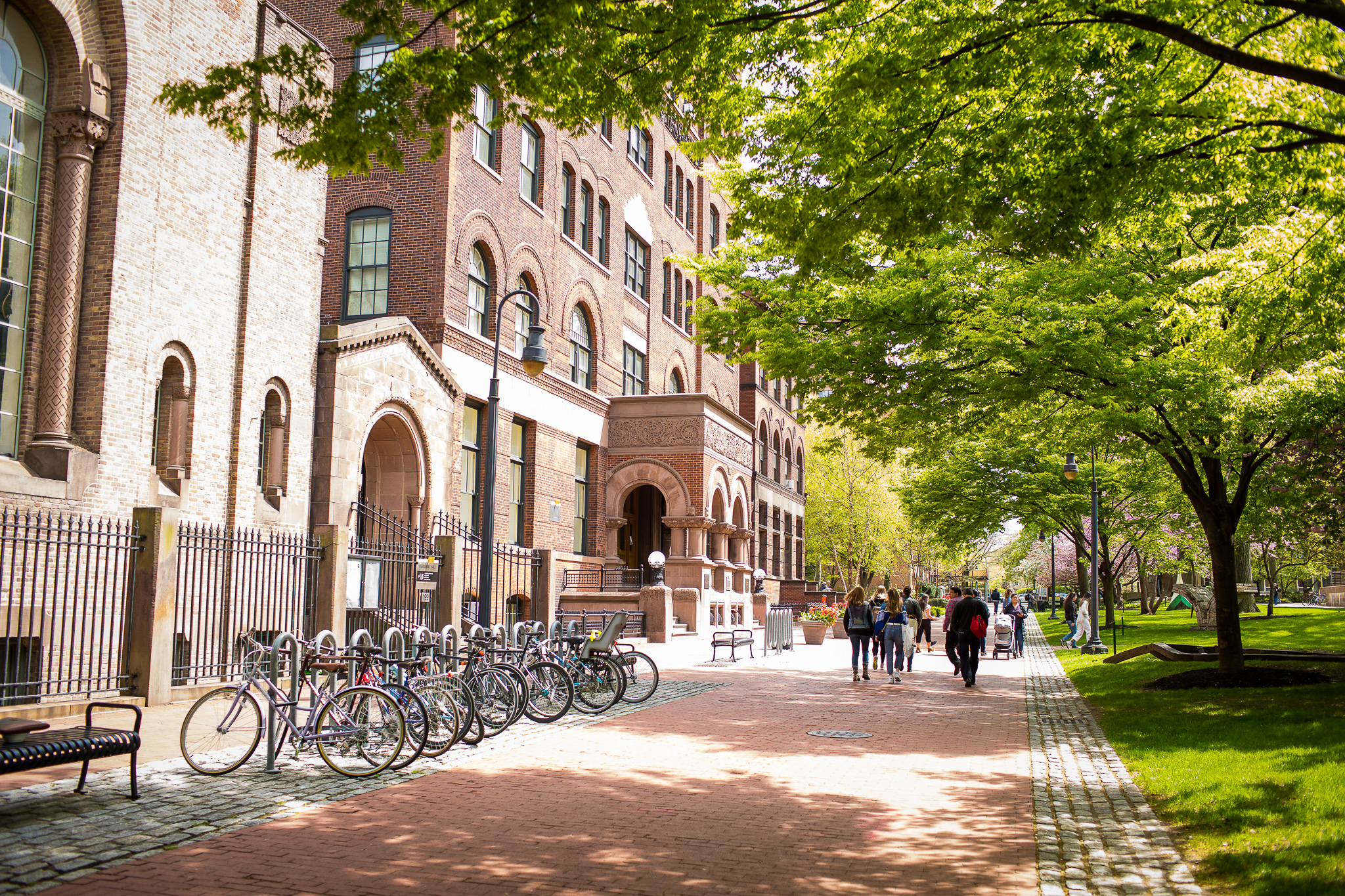
.png)
.png)
.png)